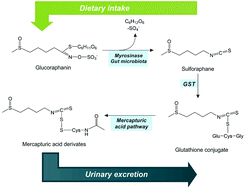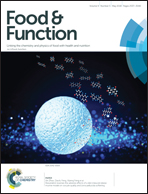New highlights on the health-improving effects of sulforaphane
Abstract
In this paper, we review recent evidence about the beneficial effects of sulforaphane (SFN), which is the most studied member of isothiocyanates, on both in vivo and in vitro models of different diseases, mainly diabetes and cancer. The role of SFN on oxidative stress, inflammation, and metabolism is discussed, with emphasis on those nuclear factor E2-related factor 2 (Nrf2) pathway-mediated mechanisms. In the case of the anti-inflammatory effects of SFN, the point of convergence seems to be the downregulation of the nuclear factor kappa-light-chain-enhancer of activated B cells (NF-κB), with the consequent amelioration of other pathogenic processes such as hypertrophy and fibrosis. We emphasized that SFN shows opposite effects in normal and cancer cells at many levels; for instance, while in normal cells it has protective actions, in cancer cells it blocks the induction of factors related to the malignity of tumors, diminishes their development, and induces cell death. SFN is able to promote apoptosis in cancer cells by many mechanisms, the production of reactive oxygen species being one of the most relevant ones. Given its properties, SFN could be considered as a phytochemical at the forefront of natural medicine.



 Please wait while we load your content...
Please wait while we load your content...